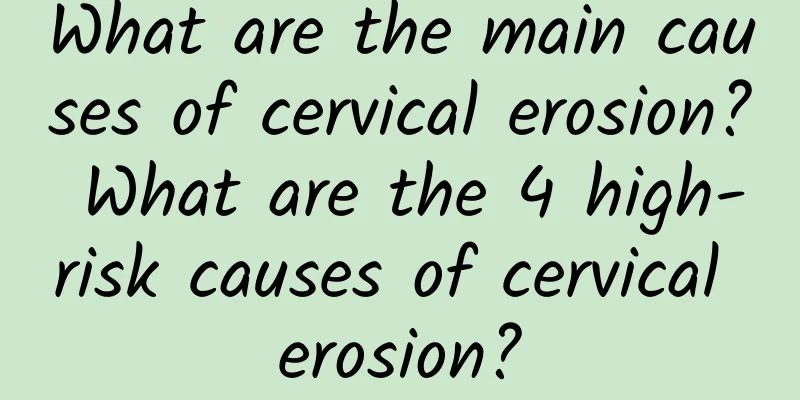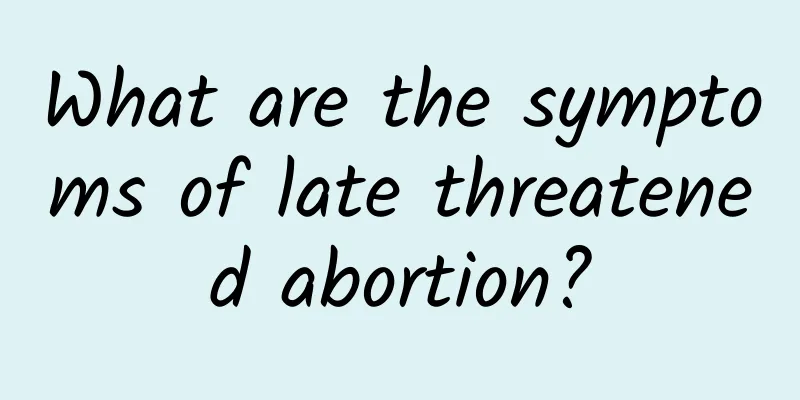The best way to eliminate cervicitis

|
For women, cervicitis is one of the biggest enemies, and its harm is far-reaching. Many infertile female patients are mostly caused by it. For this reason, many patients are looking for the best treatment for cervicitis. Regarding the treatment of cervicitis, gynecologists have made detailed explanations from the following three specific symptoms: (1) Physical therapy is suitable for patients with moderate and severe erosive cervicitis. It is currently the method with the best efficacy and the shortest treatment course, and can generally be cured in one time. 1. Electric ironing: Use the electric iron head to contact the eroded surface to solidify the tissue and form a scab. The scab will begin to fall off after about two weeks. It usually takes 6 to 8 weeks for the wound to heal. The operation should be performed 3 to 5 days after the end of menstruation. Do not use it if you have adnexitis. 2. Cryotherapy: Use a liquid nitrogen rapid cooling device to place the probe on the eroded surface for 1 to 3 minutes, remove it after natural rewarming, and freeze the lesion tissue to cause necrosis. A lot of watery secretions may flow out 2 to 3 weeks after treatment. After physical therapy, a large amount of yellow watery leucorrhea often flows out of the vagina. The duration varies. The vulva should be kept clean. It usually takes 6 to 8 weeks to heal. Before the wound is completely healed, bathing, sexual intercourse and vaginal douching should be avoided. After surgery, you can check once a week to observe the healing status. Pay attention to whether there is cervical stenosis. If so, use a probe to gently dilate it. (II) Drug treatment: Suitable for patients with mild erosive cervicitis, the method is as follows: 1. Silver nitrate solution or iodine: Use a cotton swab to carefully apply the medicine to the affected area. After using silver nitrate, apply physiological saline to convert the excess silver nitrate into non-corrosive silver chloride. Apply twice a week, 4 to 6 times as a course of treatment, and repeat if necessary. 2. Potassium dichromate solution: Use a cotton swab to dip the medicine and carefully apply it to the affected area. Apply the medicine once after the menstruation is over, and repeat it once after the next menstruation. It is sometimes more effective for those with larger erosions. Before applying the medicine, wipe the cervical mucus with Sanisol first, and place two cotton balls in the posterior fornix to prevent the medicine from flowing down and burning the vaginal mucosa. Afterwards, remove the cotton balls and wipe the applied area with an alcohol cotton swab. (III) Cone resection of the cervix may be performed for patients with cervical hypertrophy, deep and extensive erosion involving the cervical canal, and/or suspected malignant transformation. It can be seen that the treatment of cervicitis must be symptomatic. Different symptoms require different treatment methods. Only by adapting to local conditions can the best effect be achieved. If you want to know more about cervicitis, please consult on this website. Cervicitis topic: http://www..com.cn/fuke/gjjb/gjy/ |
<<: How to diagnose cervicitis
>>: Understand the examination and diagnosis methods of acute cervicitis
Recommend
Why is the first menstrual period dark in color after abortion?
Nowadays, society is relatively open, so the inci...
Painful urination Abnormal vaginal discharge
The stinging sensation during urination accompani...
Is there a cure for uterine fibroids without surgery?
Is there a cure for uterine fibroids without surg...
How to adjust jet lag with food ~ Eat carbohydrates and fats in this way
Worrying about not eating well or sleeping well w...
What does dysfunctional uterine bleeding mean and what causes it?
Dysfunctional uterine bleeding is a type of abnor...
What are the drugs that can induce abortion?
What are the drugs that can be used for abortion?...
Is abortion anesthesia harmful to the body? Comparison of the degree of harm of the two types of abortion anesthesia
There are two main types of anesthesia for aborti...
Which one recovers faster, medical abortion or surgical abortion?
Which one recovers faster, medical abortion or su...
Detailed explanation of common examination items for cervical hypertrophy
At present, the incidence of cervical hypertrophy...
Women must beware of the causes of irregular menstruation
Irregular menstruation is a common female disease...
How to treat multiple uterine fibroids? What are the treatments for multiple uterine fibroids?
Because women's health will be seriously enda...
Choosing the right treatment for uterine fibroids
The treatment of uterine fibroids varies accordin...
Successful weight loss depends on sleep, don’t miss this golden time! 5 tips to help you fall asleep
Go to bed before 12 o'clock at night Before y...
The main symptom of cervical erosion is increased vaginal discharge
The main symptom of cervical erosion is increased...
The main causes of cervical hypertrophy
Cervical hypertrophy is caused by the stimulation...









